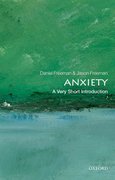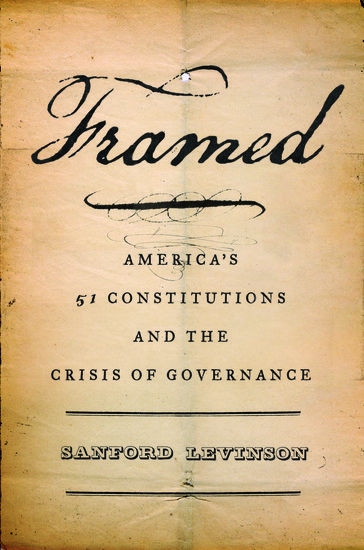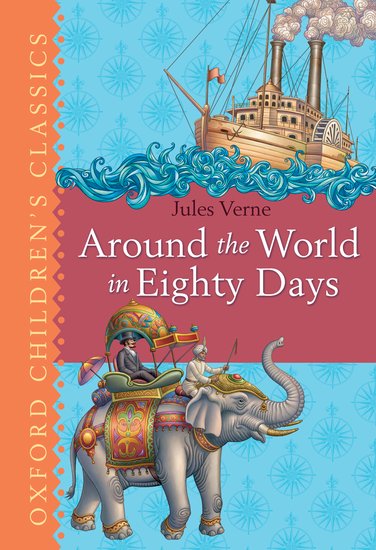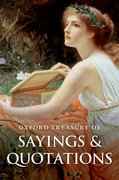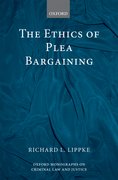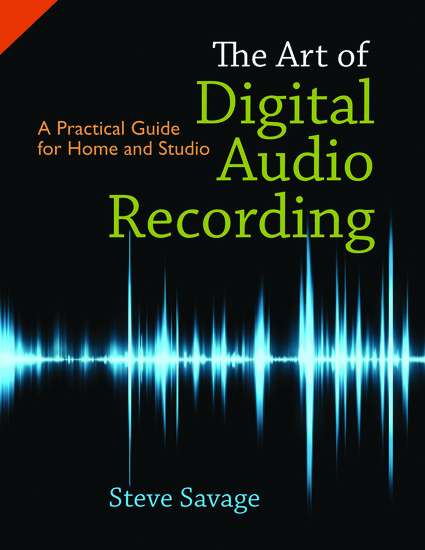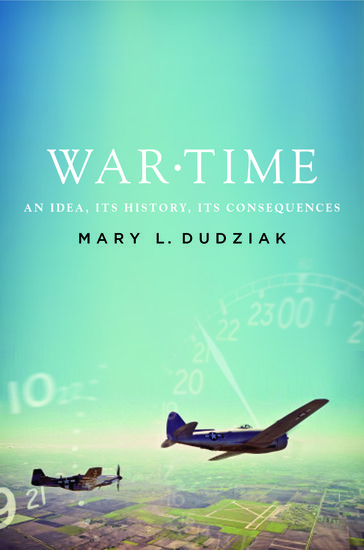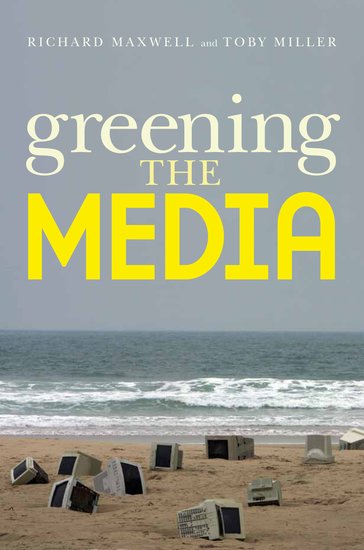A nightmare diagnosis
By Lorna Speid
Your worst nightmare has come to pass. You are given a diagnosis that has left you in a state of shock. The specialist told you there is nothing else that they can do for you. “What was it that he said?” you ask yourself. “Did I hear him correctly?” you mutter to yourself. You are driving home, but you are on automatic pilot.









